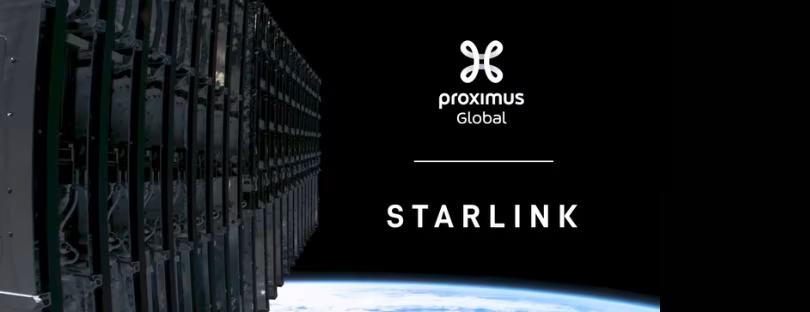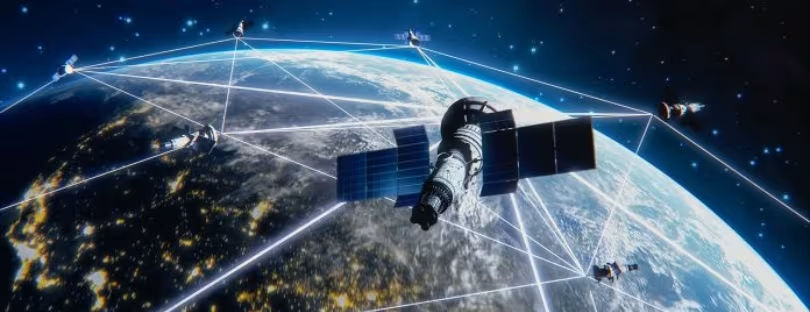
Satellite Network Operators to Launch 15,000 New Satellites Over Next 5 Years
The Internet of Things (IoT) is transforming numerous industries, and its growth hinges on reliable connectivity solutions, especially for remote locations. A recent study by Juniper Research, a leading authority on the IoT market, forecasts a significant surge in the number of satellites designed to support IoT connectivity. Their findings predict a staggering 150% increase within the next five years, propelling the number from 10,000 in 2024 to a whopping 24,000 by 2029. Satellite Network Operators
This expansion is primarily driven by the escalating demand for connectivity in nomadic environments, a niche segment actively pursued by IoT network users.
LEOs Dominate the Satellite Landscape
The study also sheds light on the satellite types poised to dominate this growth. It anticipates that a colossal 98% of satellites launched over the next five years will belong to the LEO (Low Earth Orbit) category. This preference for LEOs can be attributed to their cost-effective launch proposition.
Multi-Orbit Solutions: The Key to Unlocking Diverse IoT Use Cases
To effectively cater to the multifaceted requirements of the IoT landscape, the research emphasizes the significance of substantial investments in multi-orbit satellite solutions. This approach entails combining the strengths of LEO and GEO (Geostationary Earth Orbit) satellites within a unified service. LEOs boast minimal latency and exceptional throughput, while GEOs excel in delivering expansive geographical coverage. Merging these capabilities unlocks the potential to address a broader spectrum of IoT use cases, encompassing both data-intensive applications and LPWA (Low Power, Wide Area) connections.
Strategic Partnerships: Paving the Way for Success
The study underscores the importance of strategic partnerships for satellite network operators aiming to secure a healthy return on their investments. These collaborations are instrumental in bridging the coverage gaps between LEO and GEO functionalities. The research identifies construction, infrastructure, and logistics as sectors presenting lucrative growth opportunities. It highlights the diverse connectivity needs within these domains, ranging from nomadic operational areas to condition monitoring requirements. Fulfilling these demands necessitates the utilization of both LEO and GEO capabilities, and forging strategic partnerships that facilitate this merged approach will be paramount in attracting enterprise clients within these industries.
Unveiling the Depths of the Research
Juniper Research’s comprehensive study provides a meticulous evaluation of the current satellite IoT market landscape. This invaluable resource incorporates insightful market analysis, alongside in-depth forecasts encompassing a staggering 60 countries. The extensive dataset offers over 143,000 market statistics spanning a six-year timeframe. It further incorporates a “Competitor Leaderboard” and a Country Readiness Index, empowering users to delve into current and future market opportunities within the satellite IoT domain.
About Juniper Research Satellite Network Operators
For the past two decades, Juniper Research has carved a niche for itself as a leading provider of market intelligence and advisory services catering to the global telecommunications sector. Their expertise is highly sought after, with many of the world’s most prominent network operators and communications platforms retaining their services.









